The Bug Picture is intent on finding solutions to environmental challenges in East Africa, with insects as the hero. By sustainably creating animal feed and bio-fertiliser, through the combination of black soldier fly larvae and organic waste, they hope to ‘close the loop’ and create a zero-waste system. This will provide a locally produced, consistent, environmentally friendly alternative to soy and fishmeal – what’s currently used in animal feed protein. The Bug Picture’s vision is to establish climate-smart, decentralised facilities to leverage the natural climate conditions of the region and create jobs in this new industry in East Africa.
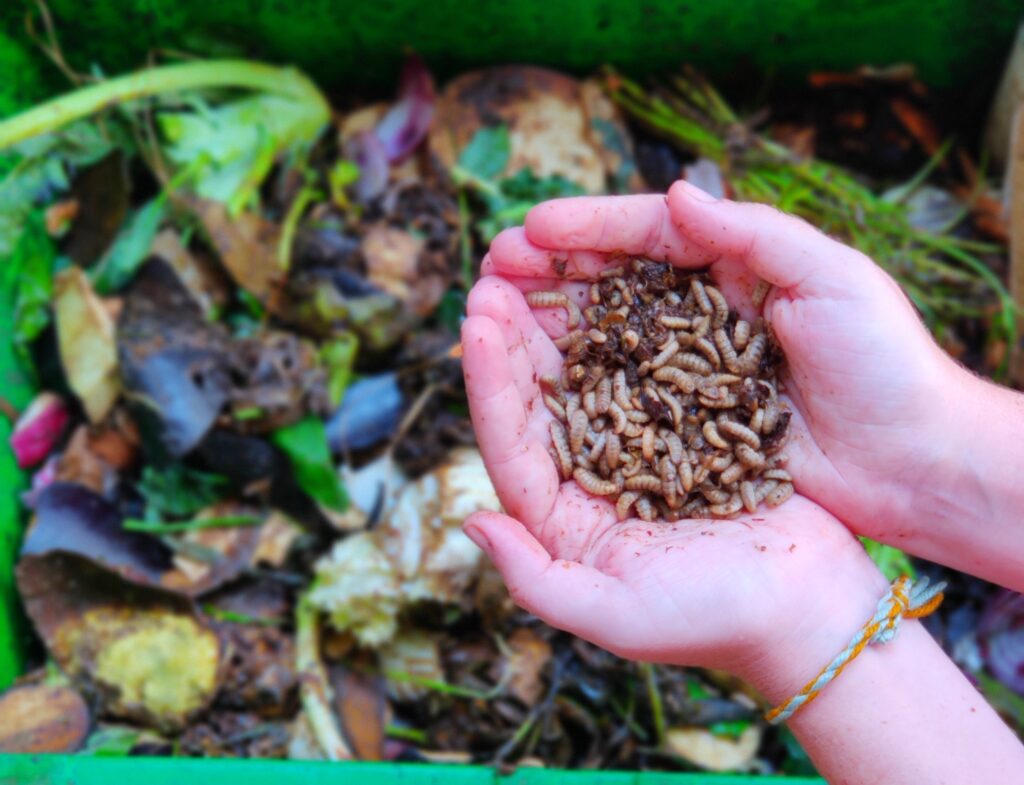
The statistics suggest it’s a good idea. 75% of animal feed protein is imported into East Africa due to insufficient local supply. And forecasts suggest there will be a shortage of animal feed protein in East Africa over the next 30 years. Founder of The Bug Picture, Laura Stanford, envisions networks of insect-production facilities, from large scale high volume producers supplying the animal feed industries and large footprint farms, to smallholder farmers using their outputs in their own food production and selling their surplus in the local market. Through incorporating African-orientated ideas, she hopes to find solutions to particular climate challenges, such as can be seen with the Community Empowered Locust Upcycling Project.
The plans are grand, but it all started very simply. Inspired by David Attenborough and driven by a desire to repair the damage that humans have done to the planet, Laura went looking for something one person could do to turn the tide of ecological collapse. With one ice cream tub of larvae and organic waste from Laura’s kitchen, the mother colony was born in a garage in the suburbs of Nairobi. When the space became too small and the neighbours started complaining, the operation was moved out of town to a greenhouse in Limuru. Laura collected waste from markets and restaurants around Nairobi and took them out to the greenhouse to feed the bugs on a daily basis.
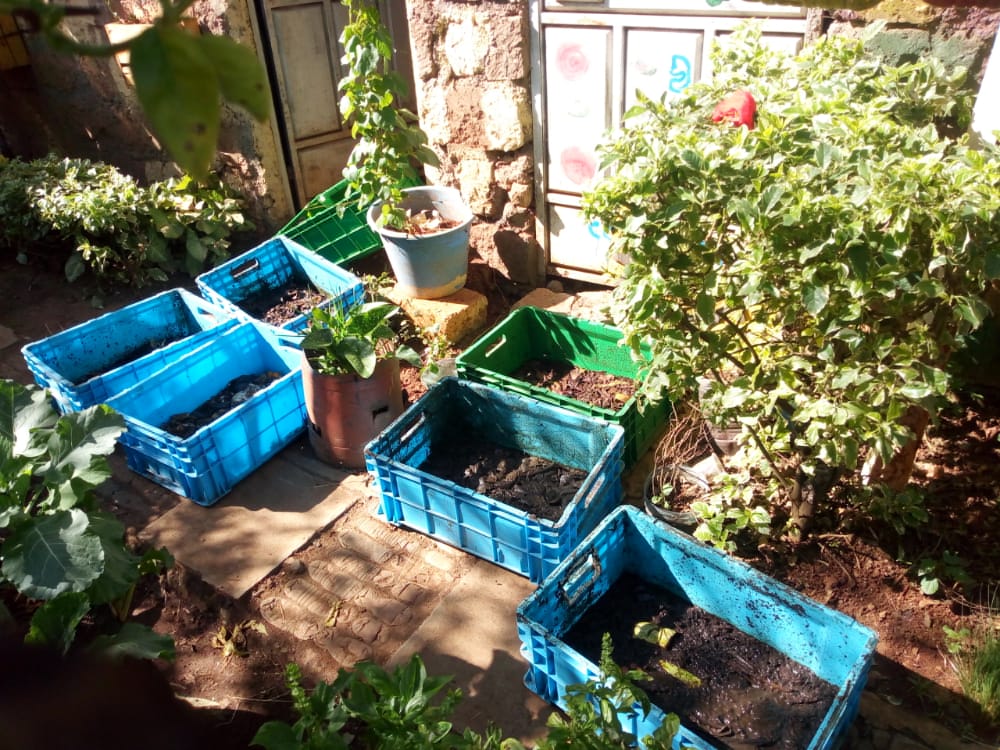
Through collecting organic waste and harvesting black soldier fly larvae, Laura realised she could sustainably create insect protein and organic fertiliser within two weeks. ‘Insects are a wonderful solution,’ Laura says, ‘and a solution that needs to be shared. The demand for high quality, affordable agricultural inputs far outstrips the supply and we do not believe that chemicals or crop intensification will solve that underlying challenge.’
As a result of global challenges resulting from the Covid-19 pandemic, growth has been slower than planned however, The Bug Picture is back on track and today, they have three ongoing projects;
Small-scale black soldier fly facilities in Kenya and Rwanda
Piloki Farm in Nyahururu, Kenya and Farm 42 in Kigali, Rwanda sell five-day-old larvae to organic smallholding farmers looking to bioprocess their own organic waste while reducing their cost of production for chickens and pigs.
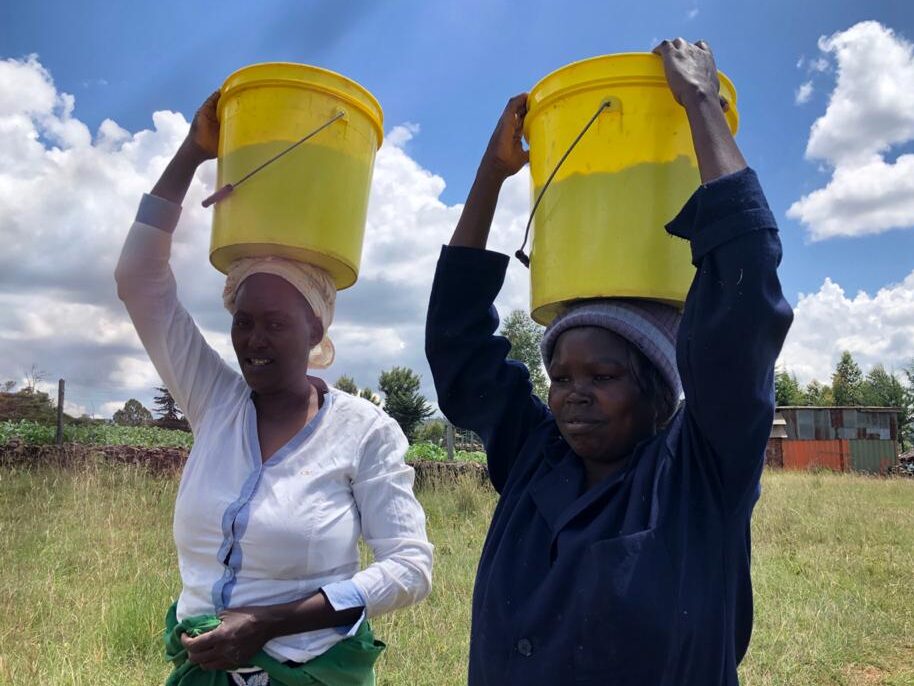
Pilot project with large coffee producer
In 2020, The Bug Picture worked with RWACOF to create ways in which to treat coffee pulp to make it more appealing to black soldier fly larvae, as they aren’t naturally attracted to eating it. The commercial pilot will run from March 2021 and is set to process 1.5 tons of coffee pulp and municipal waste per day, the first operation of its kind in Rwanda. The aim is to ‘close the loop’ and create a zero-waste system within coffee production. Furthermore, bio-fertiliser will be distributed to smallholder coffee farmers in Rwanda for free to increase soil health and boost bean quality and production.
Community Empowered Locust Upcycling Project (CELUP)
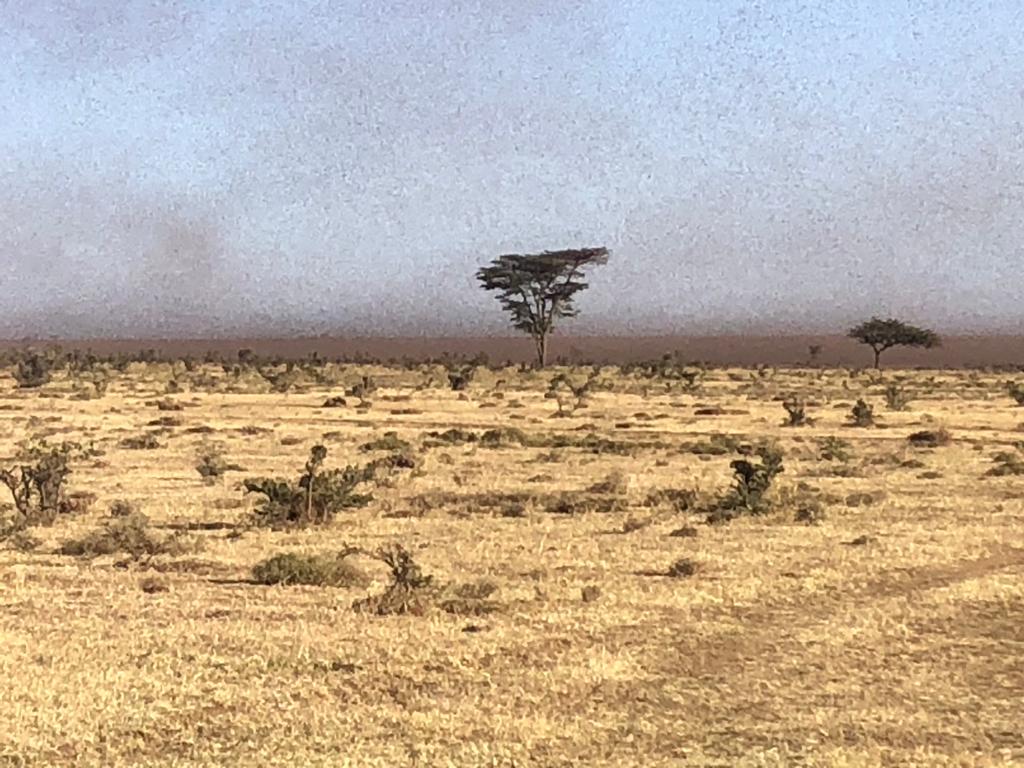
In 2020, Kenya experienced its worst locust plague in 70 years. The effects were disastrous. The Bug Picture, through funding from the Danida Emergency Fund, is now working on an alternative response to future plagues and hopes to turn despair into opportunity through viewing the desert locust infestation as a crop that can be harvested, processed and turned into animal feed and fertiliser. This can be achieved by mobilising affected communities to harvest live locusts, who will receive immediate payment through Mpesa (mobile money).
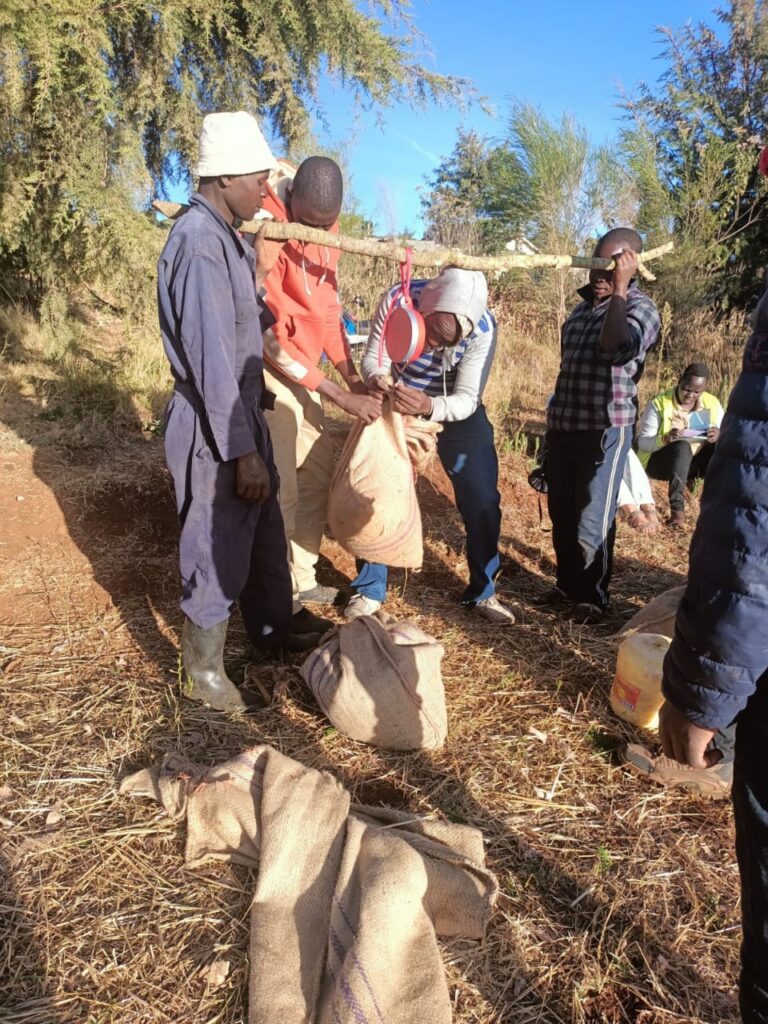
This is ideal for targeting small swarms that are not targeted by existing FAO spray operations due to the size of the swarm or its close proximity to people and settlements. The locusts will be processed, using simple replicable techniques, and included in animal feed. There will be eight different formulations fed to broiler chickens as part of the project, which will be run by JKUAT. And all resources will be made open source at the end of the project in February 2021. In the coming year they’ll seek additional funding to continue with the project in the hopes of establishing the normalisation of locusts as a crop.
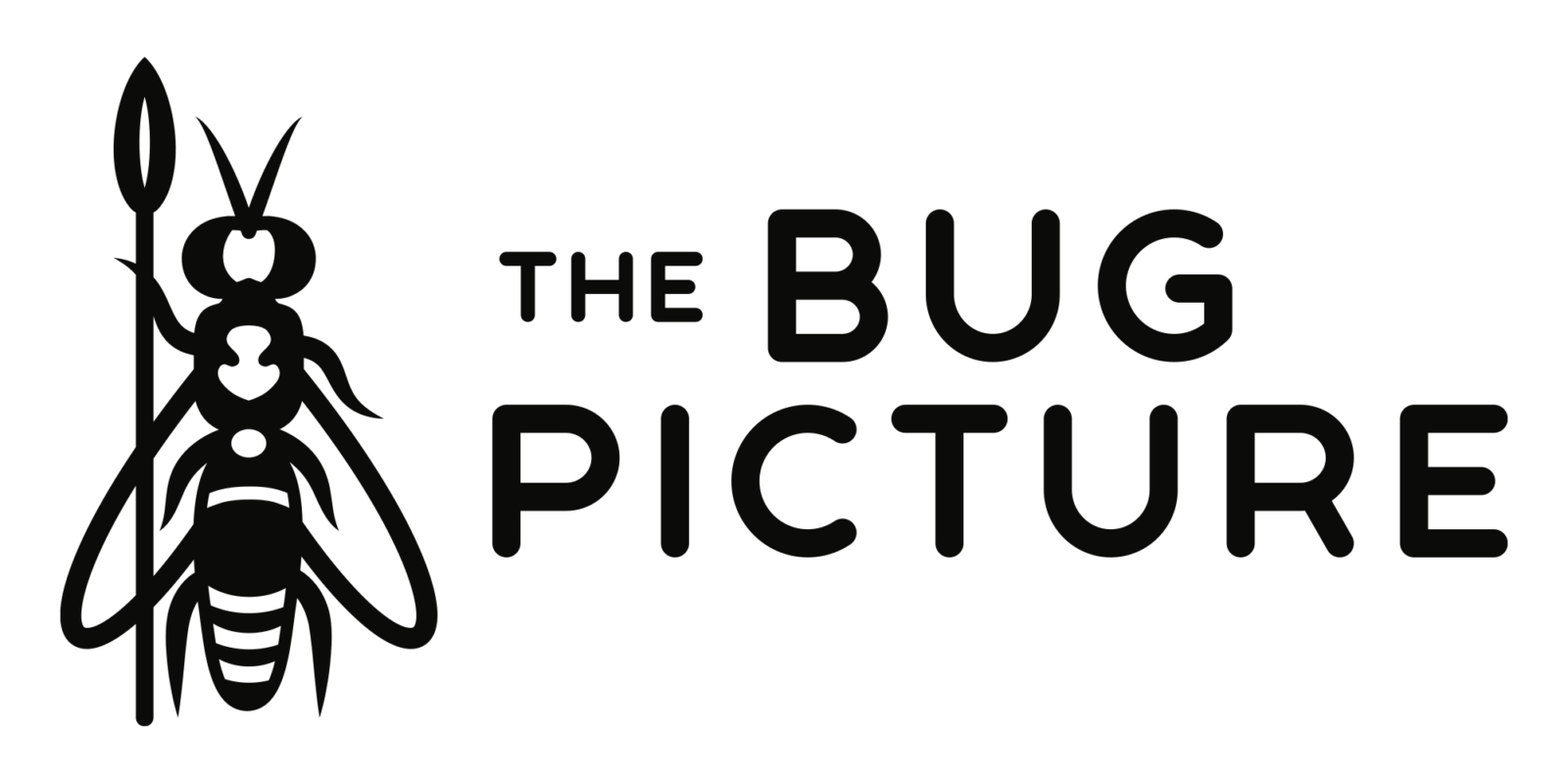
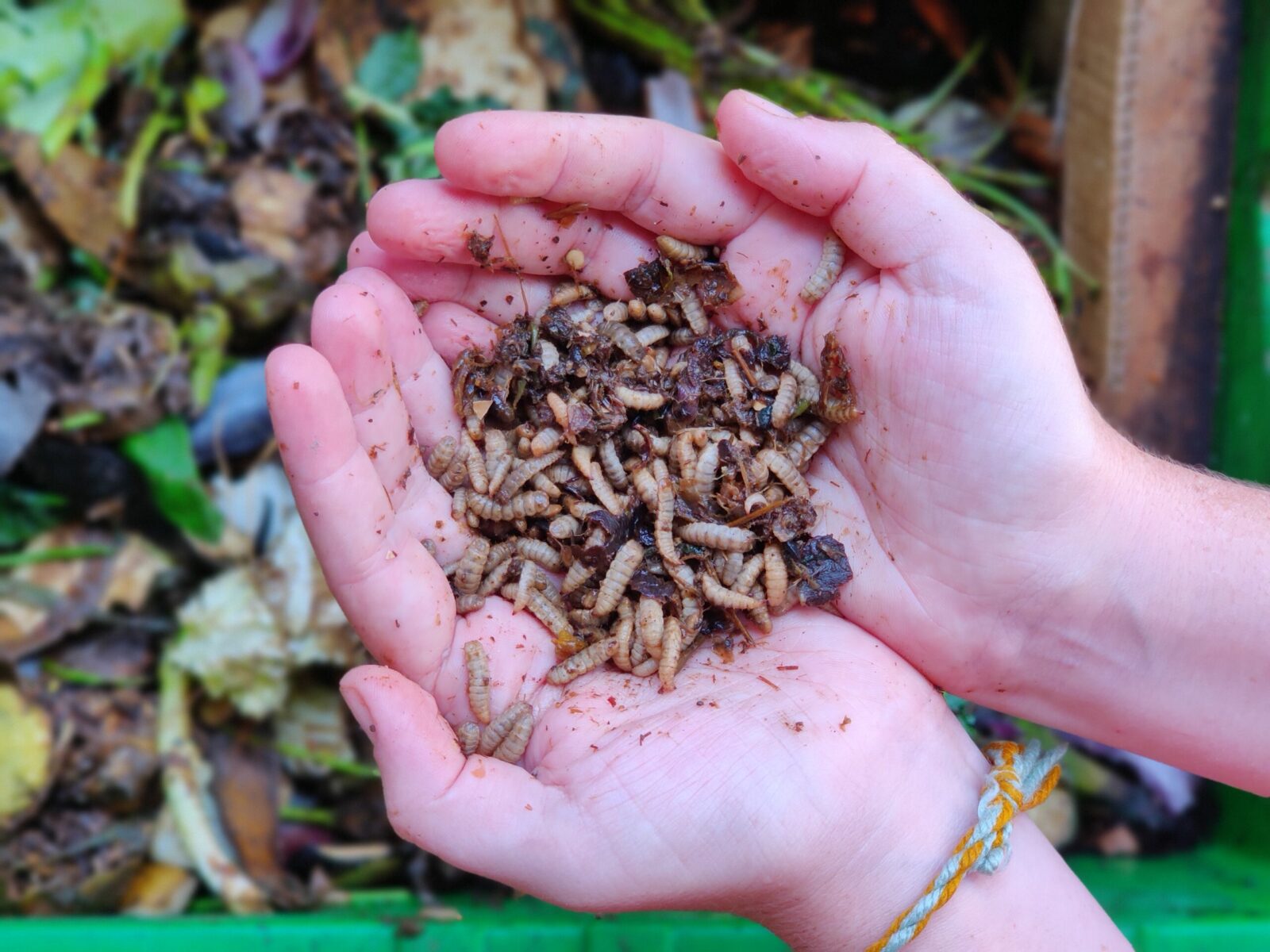
Excellent work. We need to explore spreading the wings to Uganda